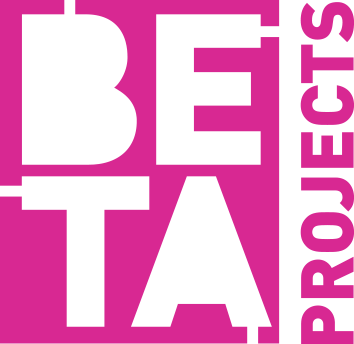Status: LIVE (scaling stage)
Current Status: Exploring
Project Stage(s): Scaling
Live Trial Location(s): Pending > Live > Removed
(What are the Project Stages?)
(Why are trials removed?)
CHALLENGE:
Dublin City Council recognises the value of street art as a vibrant expression of creativity that enhances city streets and public spaces. High-quality street art can transform neglected areas, bring colour and joy to the public realm, and address societal issues. The current Dublin City Development Plan (2022–2028) includes the following objectives:
However, under the Planning & Development Act (national legislation that local councils must adhere to), individuals must apply for planning permission before painting a street art mural, except in a few specific circumstances. This process is often perceived as confusing and slow, hindering artistic creativity and undermining the spontaneous nature of street art. Additionally, the associated costs (fees, newspaper ads, OS maps, etc.) can amount to a minimum of €250 for the applicant.
Consequently, people either do not understand that planning permission is required, choose to bypass the process — resulting in street art in inappropriate locations — or abandon their efforts altogether, causing the city to miss out on potentially beneficial street art.
Despite our constraints due to national legislation, this issue frequently results in reputational damage for Dublin City Council. It paints a picture of an (exciting, creative) David versus a (grey, bureaucratic) Goliath, which we cannot hope to resolve without an ambitious rethink.
PROPOSITION:
Following on from previous concept-stage trials, Dublin City Council wishes to explore a new approach for curated and high-quality street art at appropriate locations that can bring benefits to the surrounding areas and support artistic expression.
We are seeking to flip the perspective and view the topic as an opportunity for the city that the City Council solves proactively, rather than as an issue that it has to respond to retroactively.
We aim to achieve this in three ways:
1. Approach murals like advertising billboards in planning: Approach murals in the same manner as we would an advertising billboard — namely, we consider the ‘material change’ but do not concern ourselves with the later ‘content’. Certain standard planning conditions are applied for any applications that are granted permission.
(click to enlarge)
2. Create an Independent Appeals Panel: Similar to how Dublin City Council as Planning Authority considers the existence of the Advertising Standards Authority when considering planning for advertising structures, the above approach would require an ‘independent review panel' to consider any complaints about artworks in an independent and fair manner. This could involve an already established group, such as the existing Arts & Culture Advisory Group, which would form as required.
3. Develop a Street Art Platform: Ensure all street art locations granted permission become a shared resource available to the street art community. This would be managed by an external organisation - somewhat similar to the Dublin Canvas or Waterford Walls initiatives. Procured by Dublin City Council, the organisation would administer the scheme at arm's length, liaising with the public and street art community, and preparing and submitting planning applications. This would free up street artists to focus on what they do best: spotting potential canvas locations and creating art pieces.
(click to enlarge)
DESCRIPTION:
How might we begin to trial this idea?
We are currently tendering for a Street Art Coordinator to help us to test this process from end-to-end...
1. Finding
We want to learn how the SAC will independently or collaboratively (with street artists, community groups, or others) identify potential locations, find property owner details, and secure property owner permissions.
2. Permitting
We aim to understand the process of applying for planning permission, including what content needs to be provided to the Planning Authority, what conditions the Planning Authority would require, and how conditions might be applied to enable future flexibility for street art in the city.
3. Categorising
We want to understand the process of categorising canvas locations. This includes assessing whether the three proposed categories (legal, curated, commissioned) make sense in practice, whether these should be categorised as a condition of planning permission or via other means, and understanding the most suitable types of categories for different locations. We also want to evaluate whether categorisation is a useful step at all and what the categories should be called as working terms.
4. Sharing
We want to determine if physical indicators at canvas locations would be useful (and what type and why) and what information would be beneficial for the street art community online.
5. Painting
We want to track the number of canvases painted correctly according to their categorisation and how curated walls are repainted or painted by others, as coordinated by the relevant curator.
6. Appealing
We want to understand what the Appeals body should consider and how to handle appeals deemed objectionable. For example, should the SAC remove the artwork directly if the artist does not amend or remove/replace it?
7. Generally, we would like to learn:
We want to evaluate whether this process would be useful and more straightforward for street artists, community groups, councillors, property owners (both private and public) and also Dublin City Council in its role as local authority and planning authority. Additionally, we aim to determine if the process results in high-quality street art in the right locations and ensures that the appeals process is fair and supportive of good quality street art.
OUTCOMES:
[Trial not yet complete.]
DECISION:
[Trial not yet complete.]
NEXT STEPS:
[Trial not yet complete.]
RELATED PROJECTS:
WHAT DO YOU THINK?
Get involved in the conversation below.







